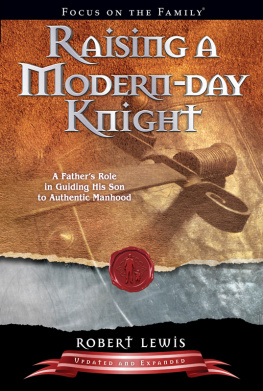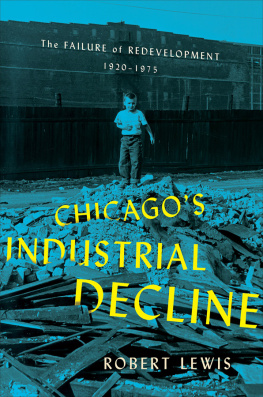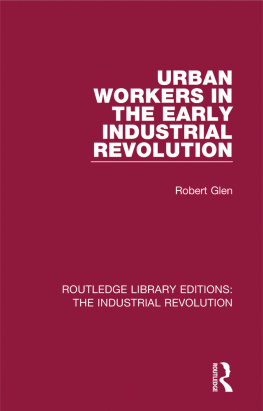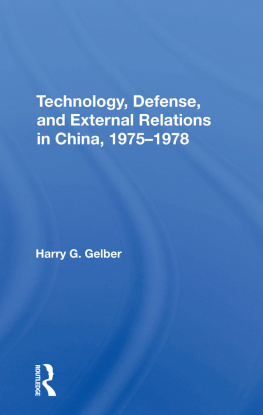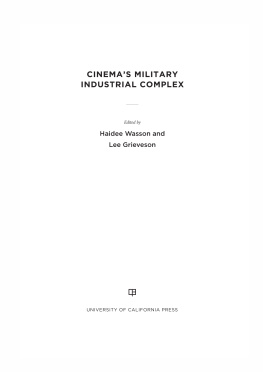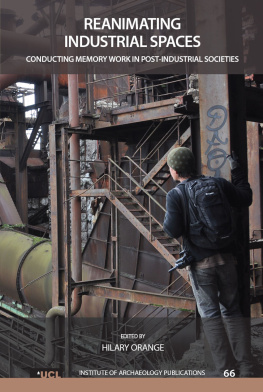Robert Lewis - Calculating Property Relations: Chicagos Wartime Industrial Mobilization, 1940–1950
Here you can read online Robert Lewis - Calculating Property Relations: Chicagos Wartime Industrial Mobilization, 1940–1950 full text of the book (entire story) in english for free. Download pdf and epub, get meaning, cover and reviews about this ebook. year: 2016, publisher: University of Georgia Press, genre: Politics. Description of the work, (preface) as well as reviews are available. Best literature library LitArk.com created for fans of good reading and offers a wide selection of genres:
Romance novel
Science fiction
Adventure
Detective
Science
History
Home and family
Prose
Art
Politics
Computer
Non-fiction
Religion
Business
Children
Humor
Choose a favorite category and find really read worthwhile books. Enjoy immersion in the world of imagination, feel the emotions of the characters or learn something new for yourself, make an fascinating discovery.

- Book:Calculating Property Relations: Chicagos Wartime Industrial Mobilization, 1940–1950
- Author:
- Publisher:University of Georgia Press
- Genre:
- Year:2016
- Rating:4 / 5
- Favourites:Add to favourites
- Your mark:
Calculating Property Relations: Chicagos Wartime Industrial Mobilization, 1940–1950: summary, description and annotation
We offer to read an annotation, description, summary or preface (depends on what the author of the book "Calculating Property Relations: Chicagos Wartime Industrial Mobilization, 1940–1950" wrote himself). If you haven't found the necessary information about the book — write in the comments, we will try to find it.
Combining theories of calculation and property relations and using an array of archival sources, this book focuses on the building and decommissioning of state-owned defense factories in World War IIera Chicago. Robert Lewiss rich trove of materialdrawn from research on more than six hundred federally funded wartime industrial sites in metropolitan Chicagosupports three major conclusions. First, the relationship of the key institutions of the military-industrial complex was refashioned by their calculative actions on industrial property. The imperatives of war forced the federal state and the military to become involved in industrial matters in an entirely new manner. Second, federal and military investment in defense factories had an enormous effect on the industrial geography of metropolitan Chicago. The channeling of huge lumps of industrial capital into sprawling plants on the urban fringe had a decisive impact on the metropolitan geographies of manufacturing. Third, the success of industrial mobilization was made possible through the multi-scale relations of national and locational interaction. National policy could only be realized by the placing of these relations at the local level.
Throughout, Lewis shows how the interests of developers, factory engineers, corporate executives, politicians, unions, and the working class were intimately bound up with industrial space. Offering a local perspective on a city permanently shaped by national events, this book provides a richer understanding of the dynamics of wartime mobilization, the calculative actions of political and business leaders, the social relations of property, the working of state-industry relations, and the making of industrial space.
Robert Lewis: author's other books
Who wrote Calculating Property Relations: Chicagos Wartime Industrial Mobilization, 1940–1950? Find out the surname, the name of the author of the book and a list of all author's works by series.

